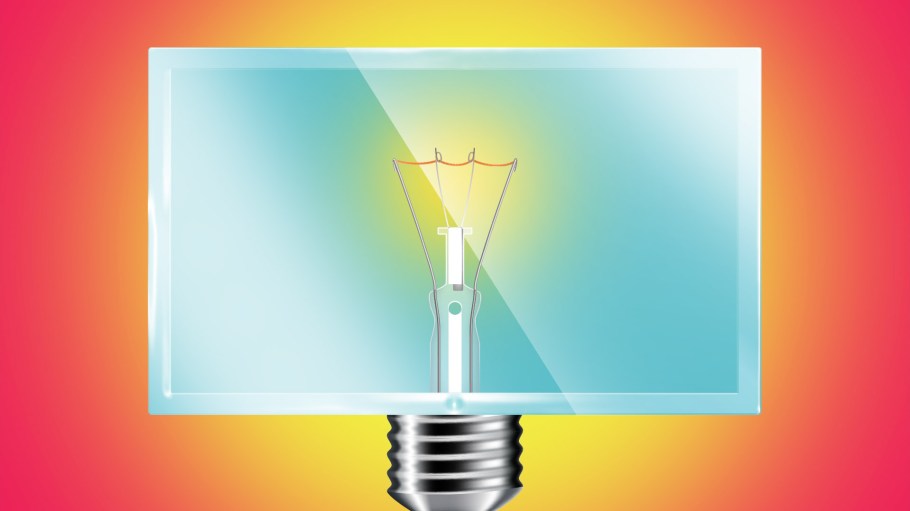The State of Smart TV: A Special Report
While coverage of the streaming wars has largely focused on the battles between SVOD services, combat has been heating up on the streaming hardware front as well.
Smart TVs are more popular than ever, with ownership growing faster than almost any other electronic device. The last few years have seen increasing competition in the smart TV space, as internet-connected television sets solidified their status as the dominant big-screen streaming device. More and more companies, from Amazon to Comcast to Roku, are rolling out their own smart TV lines in an attempt to capitalize on the hardware’s popularity.
In light of this phenomenon, we’ve produced a new edition of Variety Intelligence Platform’s special report “The State of Smart TV,” taking a deep, data-driven look at the current market, what’s driving its growth and what the future holds.
Smart TVs were already becoming the primary gatekeepers of entertainment when we published the first edition of this report back in 2021, and the intervening years have only accelerated their primacy in the home. In the past year alone, smart TVs’ U.S. household penetration rose from 64 percent to 74 percent, according to a Consumer Technology Association forecast, while external connected TV (CTV) devices (think Google Chromecast and Roku boxes) have seen their growth significantly slow.
Smart TVs are riding the momentum generated by the proliferation of premium video streaming services, with apps readily available through the user interfaces of many top OEM brands. The smart TV has become the main streaming hub for many viewers, and that status is likely to solidify as cord-cutting continues to diminish viewing on linear TV and among a rising wave of young cord-nevers.
Manufacturers and smart TV operating systems are now uniquely positioned to take advantage of shifts in consumption. This has meant numerous new revenue streams, most notably the booming CTV advertising opportunity.
There has also been an increase in tech functionality that positions the smart TV to become not just a device for streaming video but a central hub of the modern home, enabling consumers to control a range of smart home devices directly from their TV remote.
With more innovations and growth to come — data suggests the U.S. is poised for a TV refresh cycle — there’s no better time to get acquainted with the state of smart TV.
Read on to learn about:
Smart TV adoption in the expanding consumer connected device mix
Video service consumption shifts driving the connected TV market
Revenue opportunities for smart TV operating systems and manufacturers

